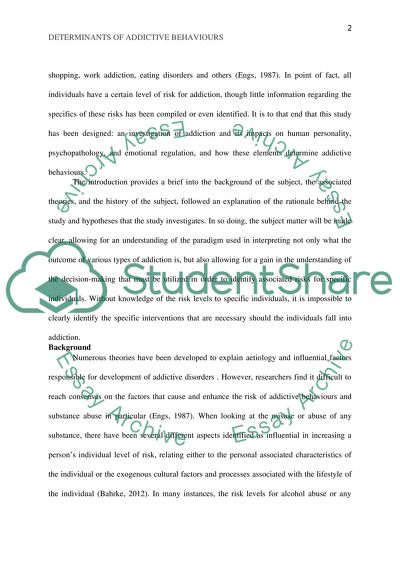Cite this document
(“Personality, personality psychopathology and emotional regulation: Essay - 1”, n.d.)
Personality, personality psychopathology and emotional regulation: Essay - 1. Retrieved from https://studentshare.org/psychology/1655990-personality-personality-psychopathology-and-emotional-regulation-determinants-of-addictive-behaviours
Personality, personality psychopathology and emotional regulation: Essay - 1. Retrieved from https://studentshare.org/psychology/1655990-personality-personality-psychopathology-and-emotional-regulation-determinants-of-addictive-behaviours
(Personality, Personality Psychopathology and Emotional Regulation: Essay - 1)
Personality, Personality Psychopathology and Emotional Regulation: Essay - 1. https://studentshare.org/psychology/1655990-personality-personality-psychopathology-and-emotional-regulation-determinants-of-addictive-behaviours.
Personality, Personality Psychopathology and Emotional Regulation: Essay - 1. https://studentshare.org/psychology/1655990-personality-personality-psychopathology-and-emotional-regulation-determinants-of-addictive-behaviours.
“Personality, Personality Psychopathology and Emotional Regulation: Essay - 1”, n.d. https://studentshare.org/psychology/1655990-personality-personality-psychopathology-and-emotional-regulation-determinants-of-addictive-behaviours.


